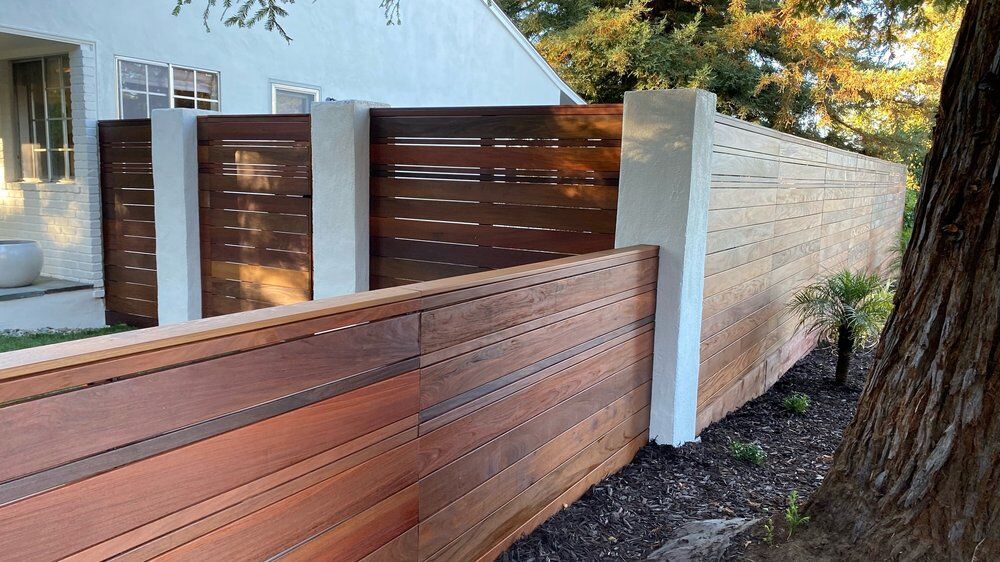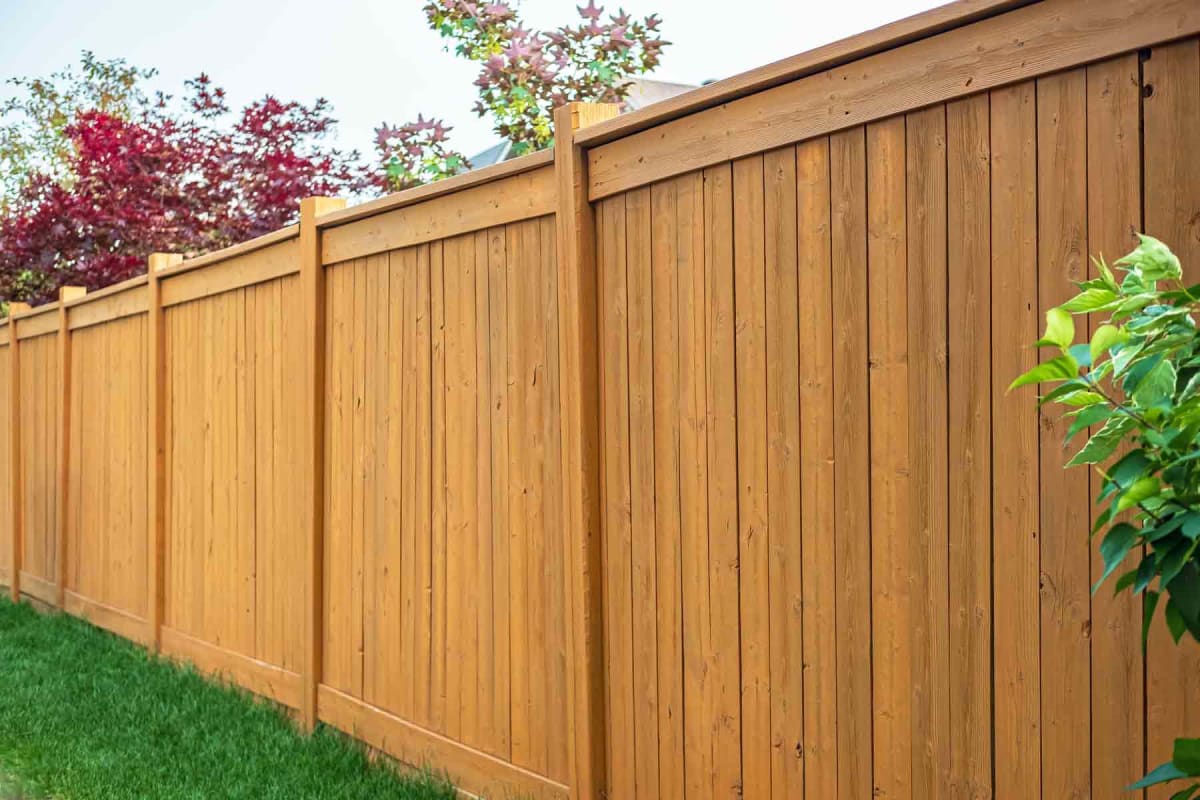All Categories
Featured

Acknowledging the indications that your fencing needs to be changed can assist you avoid more damages and preserve the security and look of your property. Right here are some key indicators that it's time to replace your fencing.

- Visible Damage or Damage
One of the most noticeable signs that your fencing needs to be replaced shows up damages. Whether it's from weathering, crashes, or bugs, any significant splits, splintering, or missing boards can significantly reduce the structural integrity of your fencing. If the damage is substantial and goes past just a couple of fixings, replacing the whole fence may be more affordable in the future.
- Leaning or Sagging
A leaning or sagging fencing is a clear sign of a trouble. In time, the articles and rails can move due to wetness, decaying, or poor installation. If your fencing is no longer standing straight or leaning at an angle, it's a great indicator that the structure is endangered, which might require a full replacement. Even if the fencing appears to be leaning slightly, it could be an indicator of underlying structural concerns that might aggravate with time.
- Decaying or Worn Out Timber

Wooden fencings are particularly at risk to rot and degeneration, specifically in locations that experience high degrees of wetness or humidity. If you observe that components of your wood fencing are soft, stained, or have visible mold and mildew, these are all indications of rot.
- Rust and Deterioration (For Steel Fencings)
If you have a metal deterioration, rust and fencing are typical indicators of damage. Gradually, direct exposure to rainfall, snow, and humidity can cause metal fencings to develop corrosion areas, which can deteriorate the framework and spread out. While minor rusting can in some cases be fixed, extensive rusting or corrosion might make the fencing risky and require a full substitute. If you see any kind of considerable weakening or huge locations of corrosion, it might be time to take into consideration changing your metal fencing.
- Fence No More Fulfills Your Demands
One more factor to change your fencing might be that it no more serves its desired objective. In time, your needs may transform-- probably you need a greater fence for even more privacy or a stronger one for enhanced safety. If your fencing no much longer meets your requirements or doesn't straighten with your existing preferences, it may be time to update to a new, more practical layout.
- Fading and Staining
While fading and discoloration are typically aesthetic issues, they can still indicate that your fencing is aging. Direct exposure to UV rays and rough weather can create fencings to shed their original color, making them look used and plain. If the fading is substantial and you've currently tried tarnishing the fence and cleaning up, it could be time to change it to restore the appearance of your residential or commercial property.
- Frequent Repairs
If you discover yourself constantly repairing your fence, it might be a sign that the fencing is nearing the end of its life-span. While minor repair work can prolong the life of a fencing, frequent fixes may suggest that the framework is no much longer stable. In this case, it may be a lot more cost-effective to replace the entire fence as opposed to remaining to purchase repair work.
Final Thought
Replacing a fencing is a considerable financial investment, yet it is important for keeping the aesthetic, personal privacy, and security appeal of your home. If your fencing is revealing indicators of damages, rot, leaning, or other structural concerns, it's crucial to evaluate whether a replacement is necessary. By recognizing these warning indicators beforehand, you can make educated choices concerning when to change your fence, guaranteeing your residential property remains safe and aesthetically appealing for years to come.
Latest Posts
Learn About Auto Services & More: Full Services Guide from Montclare Auto Repair
Published May 28, 25
1 min read
Explore the Best Auto Repair Deals in Montclare, Chicago
Published May 25, 25
1 min read
Discover WyHy FCU – Top Benefits for Your Money Goals
Published May 23, 25
1 min read